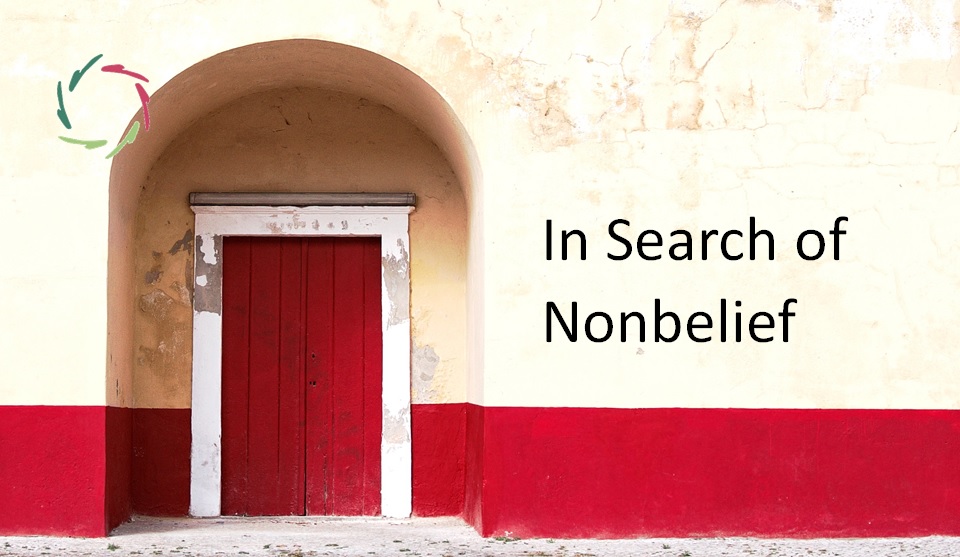Symbols and Signs

A sign is horizontal. A symbol is vertical.
There is a lot of confusion about this.
A traffic light is a sign.
If the light is red, you know what that sign-ifies. A sign is always simple: A points to B.
A à B
In the mind, A is the mental concept that we can indicate with the words ‘red light’. B is another concept that we can indicate with the word ‘stop’.
A symbol is something different altogether.
What happens in our mind when we use A as a symbol instead of a sign? This cannot be represented by a straightforward arrow, but is rather something like this:

The diagram illustrates that a symbol evokes many concepts, either directly or indirectly. Many things come to mind. Some will come to conscious attention. Others will stay in the wings or appear shrouded.
K in the diagram, for instance, may be more like a vague feeling than a clear conscious thought. Here we get an impression of complexity, gradual fading, some circularity… People may ask: “What does that symbol stand for? Explain it to me.” One may try to do so, but only with partial success.
In the diagram, what does the symbol A stand for?
We cannot say straightaway. We cannot put it into words exhaustively. In a sense, that makes the symbol irreplaceable. Signs on the other hand can be replaced easily. Before there were red traffic lights, a policeman lifted his right arm straight into the air. What did that say? It said: stop.
A sign is superficially functional. A symbol is real.
If you like poetry, you will be familiar with the attempts of literary critics to ‘explain’ a poem. Very often, such efforts are seriously misguided. Poems are full of symbols. The more a literary critic exerts himself to conceptually explain a symbol, the more that symbol turns into… a sign. The sign in that case only points to the learned explanation.
As a result, the poem risks losing its evocative or poetic power.
Symbols remain fundamentally inexplicable.
Or, put differently, a symbol is a symbol of a symbol… And so on. In a process that knows no end. You can, as it were, ‘fall’ into a symbol – and keep falling. This is what the above diagram shows. Is there a L, M, N, etc.? In any case, this is not a network of concepts!
Nevertheless, human beings are generally eager to ‘get things clear’ because that gives us the illusion of control. Therefore, we are tempted to represent only part of the symbolizing process, for instance only A à C. Then we may erroneously convince ourselves we have fully understood or ‘grasped’ the meaning of A. Because of our constant search for conscious unidimensionality, we readily reduce symbols to signs.
Thus being functional, but not real.
In the end of course, being unreal may become very dysfunctional.
That happens way too much.


